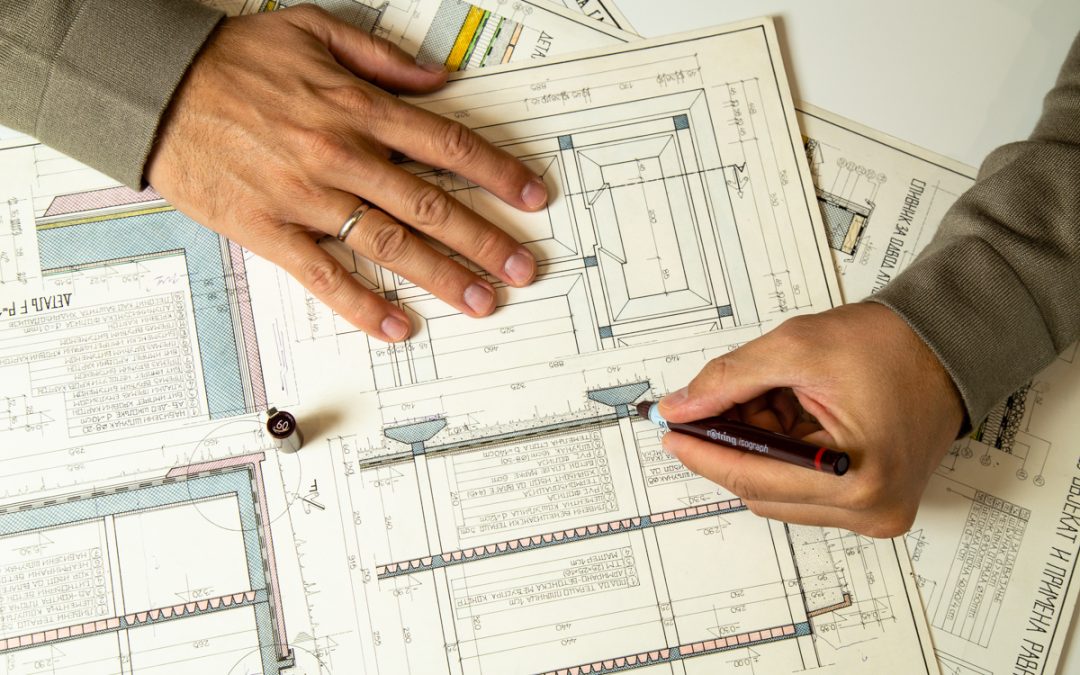It is clear how crucial a formwork designer is to the success of any concrete structure. For an investor, choosing the right person or team to create high-quality formwork documentation directly impacts the speed of construction, material efficiency, safety and ultimately the return on your investment. The following defines what to look for in a quality formwork designer, what skills and experience they must have, and what references are most important for achieving optimal results.
🔷 Key Qualities of a Good Formwork Designer
Strong Structural Understanding
The designer must understand the behavior of concrete structures during pouring and curing. This includes knowledge of load paths, temporary loads, concrete pressure, deformation limits and safety factors. They must be able to read and interpret complete structural and architectural drawings and coordinate their work accordingly.
Practical knowledge of construction
They should be familiar with the formwork systems on the site (modular, table, pop-up, tunnel, etc.) and how they are assembled, supported and reused. A good designer doesn’t just draw – they think about how things will actually be built.
Mastering CAD/BIM tools
Today’s top formwork designers work with AutoCAD, Revit or specialist tools like Doka Formwork Planner or PERI CAD. They need to know how to create clear, coordinated and standardised drawings that contractors and site teams can rely on.
Efficiency and optimisation of thinking
A great designer doesn’t over-design or create unnecessary complexity. Their focus is on minimising materials, reducing work times and supporting reuse strategies – all of which save you money and time.
Attention to detail
Small errors in formwork drawings can cause big problems on site. A quality designer double-checks dimensions, aligns structural elements, avoids conflicts, and ensures that everything follows the logic of the pouring sequence.
🔷 Experience and references
Experience with similar projects
Look for designers who have worked on buildings of similar size, complexity, and function – whether residential, commercial, industrial, or public infrastructure.
Knowledge of international regulations
Depending on where your project is located, the designer should understand relevant standards such as Eurocode 2, ACI, or national regulations. This is especially important for temporary load-bearing work and site safety.
Portfolio and drawings
Ask to see actual samples of previous formwork layouts, details, and coordination drawings. A clean, logical, and precise set of drawings speaks louder than any resume.
Client Feedback
Try to get feedback or recommendations from previous clients or contractors who have used their documentation. Were the drawings useful? Were they delivered on time? Did they help reduce errors on site?
🔷 What the designer should ask you as an investor
A true professional formwork designer doesn’t just start with a drawing – they first gather key project data. You should expect the designer to ask you questions like:
What is the construction schedule and desired floor cycle time?
(Should early stripping and reuse be planned.)
Which formwork system will be used – rented or owned? From which supplier?
(To coordinate panel sizes and optimize layout.)
What are the concrete type, pour rate, and temperature conditions?
(To calculate pressure loads and shoring requirements.)
Are there budget constraints or goals for formwork system reuse?
(To propose cost-effective solutions.)
Are there any special features (cantilevers, curved walls, post-tensioning)?
(To detail the appropriate zones.)
What are the access sequences and constraints (cranes, lifting cores, site layout)?
(To realistically plan spill zones.)
When a designer asks these questions, it shows that they understand the project not just as a drawing exercise but as a living process — and that they are committed to supporting your financial and construction goals.
✅ Final Tip
Choosing a formwork designer is not a field-checking exercise — it’s a strategic decision. The right designer can help save 10–20% on formwork costs, reduce construction errors, and speed up project completion by weeks or even months. Look for someone who combines technical skills, construction logic, and practical intuition — and always ask for references, real-world examples, and a collaborative mindset. When a designer sees your project from your perspective as an investor, you’ll know you’ve made the right choice.

